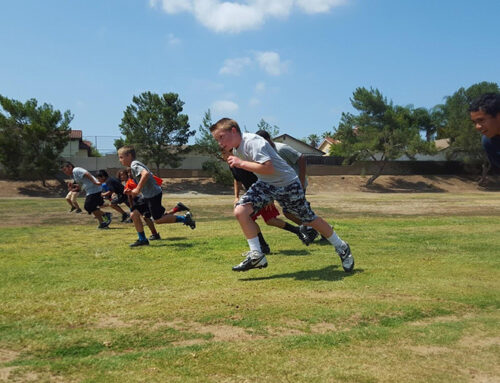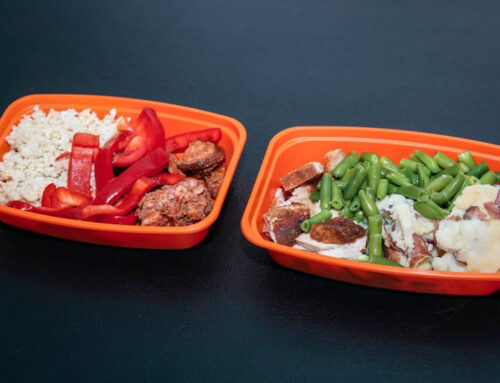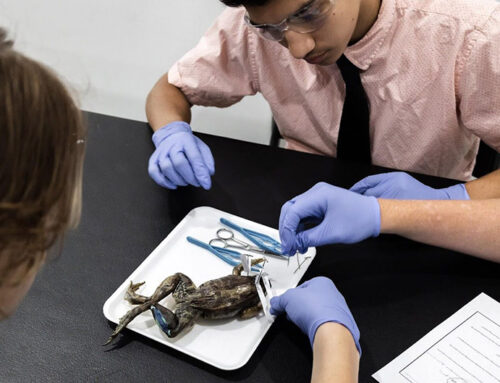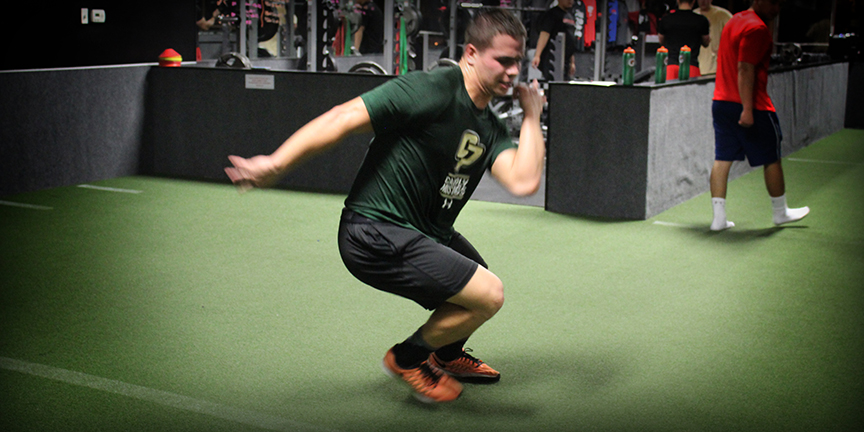
As a strength and conditioning coach it’s my belief that youth athletes (ages 9-18) need less specificity and more variety when it comes to their athletic development. Specificity becomes more important with age and athletic maturity. At my gym, the Boost Performance Center in Corona CA, we work on different movements daily to reduce monotony and expose our athletes to patterns they rarely see in their sport. But if you can’t make it to the gym, here’s a guide to creating your own speed and agility program that’s easy and customizable. Lets get it!
The structure of your program will be based on a 3 & 4 day split. The reasoning here is what I always tell my athletes; 1 day a week does nothing, 2 will help you maintain, and 3 is where you begin to build. I assume that you’re reading this article because you’re a serious athlete looking to improve your skill set, so no need to even entertain a 1 or 2 day per week workout plan.
The Outline Is As Follows:
4 day Split
- Day 1: (Speed) Acceleration
- Day 2: (Agility) Lateral/Backward/Forward Multidirectional
- Day 3: (Agility) Lateral/Backward/Forward Multidirectional
- Day 4: (Speed) Max Speed & or metabolic conditioning
3 Day Split
- Day 1: (Speed) Acceleration
- Day 2: (Agility) Lateral/Backward/Forward Multidirectional
- Day 3: (Speed) Max Speed & or metabolic conditioning
The goal with this program is to leave no stone unturned from a movement perspective. It’s also incredibly simple, which is the goal when creating your own program- simplicity and effectiveness. I did throw in some sport specificity on the last days of the week with the metabolic conditioning. Metabolic conditioning helps maximize specific energy systems our body uses during sports. For example, soccer players shift between high and low speeds for long durations whereas football players need the ability to execute repetitive quick bursts for shorter durations. Simply put, this is what metabolic conditioning is, training that is specific to the energy needs of your sport.
Putting It All Together:
(Speed) Acceleration Day: The goal here is work on your ability to go 0-60. Distances should be anywhere from 5-40yds, but you want to gradually increase the distance over time. Building up to a 40yd sprint should be done over the course of a few weeks. There is no precise number of how many sprints you should do in a session. Instead work in three 10 minute intervals of sprints. An example of this would be 5yd sprints with a walk back recovery for your first 10 minute interval. During the second interval do a few 5 yard sprints and then work up to 10yds. Your final 10 minute interval will be all 10 yard sprints. Between intervals you spend 5 minutes on technique drills specific to accelerating, such as arms swings, a-skips, and wall strikes.
(Agility) Lateral/Backward/Forward Multidirectional Day: Movements on these days include lateral running, backpedaling, cutting, circular running, and footwork. You can prioritize movements based on what you need to work on most, but they should all be incorporated into your program. You’ll use three 10 minute intervals here as well, with 5 minute intervals of technique in between, such as footwork drills, lateral a-skips, or multi directional wall strikes to name a few.
(Speed) Max Speed and/or Metabolic Conditioning Day: It’s best to split this workout into 2 parts with the first half being focused on sprinting and max speed mechanics. Examples here are butt-kick skips, ankling drills, and a-runs. Essentially two 10 minute intervals of sprints and two 5 minute intervals of sprints. The final 10 minute interval will be conditioning that is specific to your sport. To use the football and soccer examples referenced above, a soccer player’s conditioning will have a work to rest ratio of 1:2 to 1:4 at an intensity of 60-80%, or 1:6 to 1:20 at an intensity of 90-100%. Both ratios and intensities can be used for a soccer player albeit not on the same day. A football player will have a work to rest ratio of 1:2 to 1:4 at an intensity of 60-80%, or 1:3 to 1:8 at an intensity of 75-100%. Again, both ratios and intensities can be used for a football player. These percentages and intensities are sport specific and can easily be found by searching for energy system training for your sport.
To wrap it up, a program like this will give you a great base of speed, agility, & conditioning. It’s also very well rounded in terms of the different dynamic movements athletes see when competing. But like anything else, you get out what you put in. Getting the most out of any program will always require your dedication and commitment as an athlete. So write up your program, put in the work, and be confident in knowing you’ll be prepared for a great season of competition.
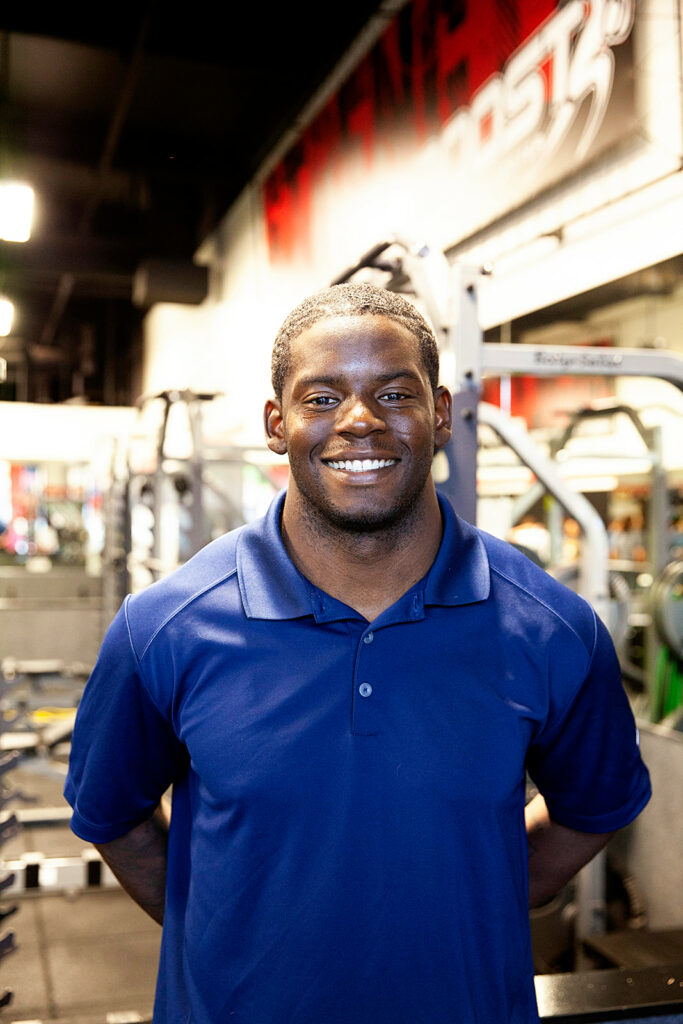
Level 1 & 2 Coach Bommarito Performance
CSCS / USAW


